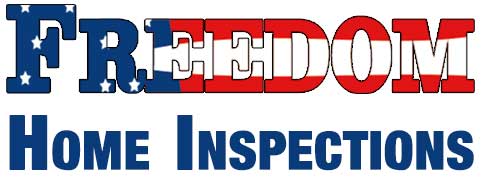Home safety is important for people of all ages. Since most accidents occur at home and many of them are preventable, it is important that your home is as safe as possible. Here are some helpful tips from the U.S. Consumer Product Safety Commission on making your home a safer place for everyone.
To ensure the safety of your family, it is a good idea to periodically review your home for safety hazards, paying special attention to smoke and carbon monoxide detectors, potential electrical hazards (including overuse of surge protectors and/or electrical cords), anything that could potentially cause a fire (or impede a hasty exits in the case of fire), and anything that could potentially cause a slip or fall within the home.
The Home Safety Council has an interactive home safety checklist that you can create based on your specific living situation. Click here to get started.
Additional recommendations:
- Post emergency phone numbers (police, fire, poison control, a neighbor) near your phone so they are readily available.
- Be sure to have at least one corded landline (that does not require power to operate) in your house.
- Have an emergency exit plan and an alternate in place. Be sure all members of your family are familiar with the plan.
- Check your smoke and carbon monoxide detectors regularly, and change the batteries at least yearly or as recommended by the manufacturer.
- Check your electrical outlets and switches periodically to see if any are unusually warm to the touch. Unusually warm or hot outlets or switches may indicate that an unsafe wiring condition exists.
- Where possible, Move appliances closer to wall outlets or to different outlets so you won’t need extension cords.
- If you have a fireplace, clean your chimney yearly.
- Equip your bathtubs and showers with non-skid mats, abrasive strips, or surfaces that are not slippery.
- Lower the setting on your hot water heater to “Low” or 120 degrees.
- Keep an operating flashlight with extra batteries handy.
Other safety resources for safety in your home include:
- AARP Home Safety Checklist
- CDC on Recreational Safety for Seniors
- Real Simple Home Safety
- Housing Safety Checklist (PDF)
To help prevent falls:
- When using stairs, always grip the handrails. Keep stairs well lighted.
- Keep floors cleared and slip resistant. Remove loose carpets, cords, and other items you could trip over. Be sure all rugs, mats, and other surfaces are non-skid.
- Install grab bars and slip-resistant surfaces in your bathroom.
- Use only stable step stools with a top handrail. Don’t climb alone – have someone nearby to help you.
- Stand up slowly from a sitting or lying down position.
- Be sure your telephones and emergency numbers are easily accessible – so you can get help if you fall.
To help prevent fire deaths and injuries:
- Install a smoke alarm in every bedroom, outside every sleeping area, and on every floor of your home.
- Install a carbon monoxide (CO) alarm outside every sleeping area.
- Don’t smoke in bed.
- Keep space heaters away from flammable materials. Hire a professional to check all fuel-burning appliances, including fireplaces, every year.
- Don’t wear loose-fitting clothing with long sleeves near ranges or ovens. Store combustibles away from these and all heat-producing appliances.
- Practice an emergency fire escape plan.
Hidden Home Hazards
The USCPSC cites the top 5 hidden home safety hazards:
- Magnets
- Recalled Products
- Tip-overs
- Windows & Coverings
- Pool & Spa Drains
Additional Information
Here are some additional resources on home safety:
- Safety Guide from the Home Safety Council
- Household Safety Articles from the US Consumer Products Safety Council
- Home Electrical Safety Checklist from the US Consumer Products Safety Council
- Home Fire Safety Checklist from the US Consumer Products Safety Council
- Senior Safety
- Home Safety Tips from the U.S. Consumer Products Safety Commission
- Home Safety Information from State Farm Insurance
- Home Safety for Children – Household Checklist from KidsHealth.org
- Home Safety Checklist from HomeSafety.net – This comprehensive one-page checklist is a helpful first step to assessing your home.
- Poisoness Plants – Learn what plants are toxic and/or poisonous from listing from Cornell University.
- Product Recalls – Use this consolidated database to determine whether any consumer product has been recalled.
- Listing of Senior Home Modification Providers – The University of Southern California maintains a national listing of service providers.
- The Ultimate Home Safety Guide
- A Guide to Home Safety from How Stuff Works
- The Ultimate Guide to Home Safety and Alarm Systems
Copyright and usage policy: This document is NOT in the public domain. It may be reproduced with permission as long as the original copyright and sources are retained.
